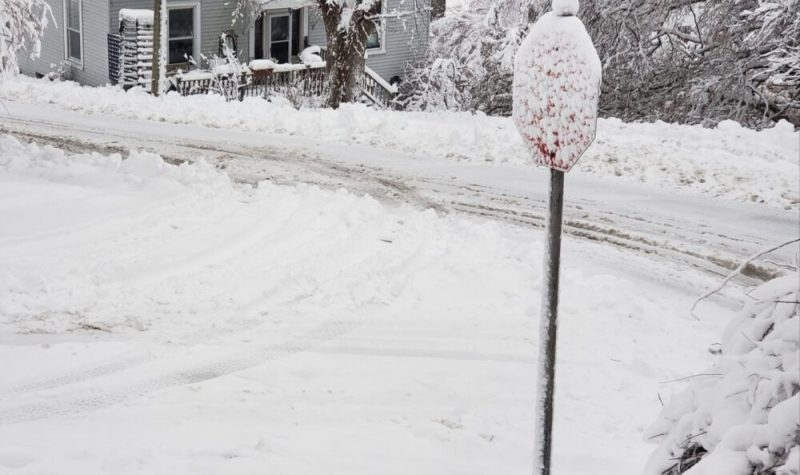Snowstorms won’t keep help from arriving at your door.
Glen Strang, area manager with Nova Scotia department of transportation and infrastructure renewal, says their workers are tied into the province’s 9-1-1 system.
“When people have an emergency, they really should be calling 9-1-1 and then we would be dealing with the emergency service provider and typically, we would dispatch the nearest plow to assist whether it’s an ambulance or the police or fire, whatever,” said Strang.
Following snowstorms like the one experienced across the province on Tuesday, people often wonder why it takes so long for snowplows to clear their road.
The Region of Queens removes snow within the town of Liverpool while Strang oversees a team of 20 people who are responsible for plowing all municipal roads between Halifax and Shelburne.
The province has established four levels of service standards that determine which roads will get more frequent or faster attention than others during a storm.
“Our top priority would be 100-series and trunk and route highways,” said Strang. “Those roads have the most traffic volumes on them. Our second priority would be secondary trunks and routes and what we would call medium-volume traffic roads. Then third priority would be local paved roads, paved subdivisions, residential streets, that sort of thing. And the fourth priority is non-paved roads, which could be gravel. It could be chip-sealed roads, sand-sealed roads.”
Those priority levels also have corresponding timelines to get the roads cleared. Once a storm has ended, the top priority 100-series and trunk highways need to be plowed clean within eight hours. Second tier roads must be cleared within 12 hours and crews have 24 hours after the snow stops to clear level three and four roads.
Strang says his crews are out during storms plowing the roads and often see people taking unnecessary risks.
“A lot of people will pass our plows. We don’t encourage that. The conditions in front of the plow could be much different than the condition behind the plow. Just be safe,” said Strang.
He says the best plan is to stay off the roads during a storm but anyone who has to go out should take some basic precautions.
“Just be aware of the driving conditions and drive appropriately,” said Strang. “Hopefully their car is in good working condition and they have good tires. Slow down, you know, the common sense stuff you always hear. Leave more room between you and the vehicle in front of you.”
Strang points out that it also makes the plow driver’s job easier when people don’t park cars on the street.
Anyone with concerns about snow clearing levels can reach the department of transportation and infrastructure renewal by calling their toll free number 1-844-696-7737.
Reported by Ed Halverson
E-mail: edhalversonnews@gmail.com
Twitter: @edwardhalverson
To listen to the broadcast of this story, press play below.


